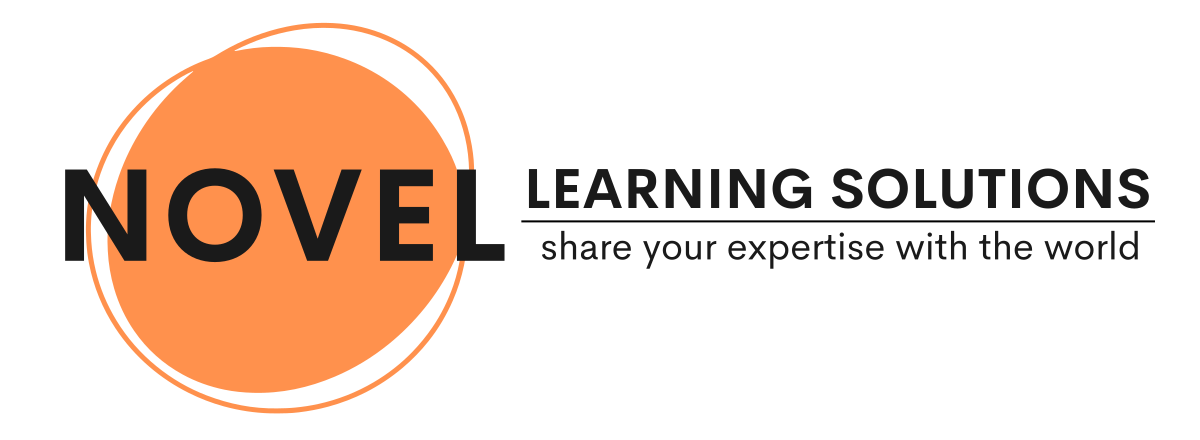6 reasons why training isn’t the answer

Summary
The 6 reasons why instructor-led training isn’t the answer in many cases, or at least not the single solution, circle around two areas. Firstly, a lack of data. That data may be about learner consultation or business KPIs. Secondly, when the focus is on conveying processes, this leads to questions about updates, timing, and learners needing the information at the point of need. Read further to unpack these ideas, and if you feel an online learning portal would benefit your business, please get in touch.
Instructor-led training isn’t the answer
This might be an odd blog post for the first on the site. I’m meant to offer support and solution for trainers and freelancers to better share their expertise while improving their earning ability. In this case, I mean the training delivered in a conference or virtual conference room, with an expert providing the solution.
Training is a solution to many business problems, but not all. To make a significant impact with the training we deliver, we must focus our efforts on prosperous areas.
Below are 6 reasons why training isn’t the answer.
1. Learners or customers haven’t been consulted.
When I am consulting on a learning solution, I ask this first question. Have the customers or learners been surveyed or interviewed? It doesn’t have to be a large number of people. Obviously, the more data you collect, the more informed you will be.
This is a vitally important step as it will be part of your verification that the solution the company thinks their customers or learners need rings true for them. We often believe that our customers or staff need to know how to do ‘x’ or don’t know how to do ‘y’, but do we know this? It can also be assumed that a problem needs solving, but we haven’t considered that the customer/learner may have already found their own solution.
Look at this a bit closer, and it changes the direction altogether. If you start from the uninformed idea that customers/learners need to know ‘x’, but in reality, they don’t, they know it and are consuming it from somewhere else. This will change the direction of our solution from ‘They need to know about ‘x'” to “they need to be aware that there is a more secure, or faster way of getting ‘x’, by going to… and why.”
2. No initial data
How do you know after delivering your training that the training solution has made a difference or impacted the learner/business? Data can tell a story; in all stories, we like a beginning, a middle and an end. I’d suggest that when training is required, it needs to impact a measurable outcome. What KPI is being measured in the company, and how will that indicator be affected by the training. Will it increase sales, improve customer satisfaction, improve employee engagement, increase diversity in the team, create more flexible and efficient working practices, save people time learning new equipment or save money by leveraging current tools better?


Let’s Chat
3. No system to measure future data
This is a bit of a cheat point, but it is the end of the data story from point 2. If the company is measuring the KPIs before the training, it should continue to count them afterwards. If they are not, I would politely suggest that the measures are put in place and initial data collected before you roll out the training. That way, the customer can see the impact of your activity, you can review that impact with them, and it strengthens your argument when selling other offerings to the customers.

4. The training content is based on processes.
If the project is based on a new process, for example, using a new system, new workflows, or even how-tos with customer conversations. Consider what procedural activity cannot be covered in a cheat sheet or ‘over-the-top’ technology like Walkme. This allows you to focus on any skills required to support the process, for example, any change management, team building, conversation skills etc.
5. The content being covered will need updating regularly.
This links to process-driven training or system how-tos in point 4. The technology used in business today goes through regular updates – twice a year, if not quarterly. Therefore once again, it is better to provide a solution that can be updated and allow learners to reference the up-to-date material without being in training or a virtual training session. This is where cheat sheets (physical or online) or thin clients like Walkme are a bonus.



6. The training isn’t timely.
There can be two main reasons that time can disadvantage delivering training.
Firstly, the training solution you are offering is too early in comparison to the need of the learner. This may include training in January, where the knowledge or lessons learned from the training won’t be required until May or September. Standalone training like this will not stay within the learner’s mind for that long. There are ways to improve this in a future blog post. Training works best when it is accessible at the point of need. An online learning solution, like our solution, can help you store, organise and assign this information.
Secondly, the learner is being asked to take on board training for too many initiatives at once. I have seen this in the call centre customer service environment when a phone system is in place alongside a new ERP or CRM and an initiative to improve customer conversations. All of them are merited but encourage the customer to consider the order and priority of the solutions required. Our brains can work better when learning two things in tandem, but not 3 or 4 at once.
Conclusion
Ultimately, there is a balance between the delivered training in a conference or virtual conference room and online/physical content that can be kept up-to-date and available at the point of need. We should seek to provide all solutions in an online platform while also concentrating on the subtler skills to deliver in our session to make the most of the time with learners.

Get in touch with us, save time and effort and have your online learning offering within days.

0 Comments